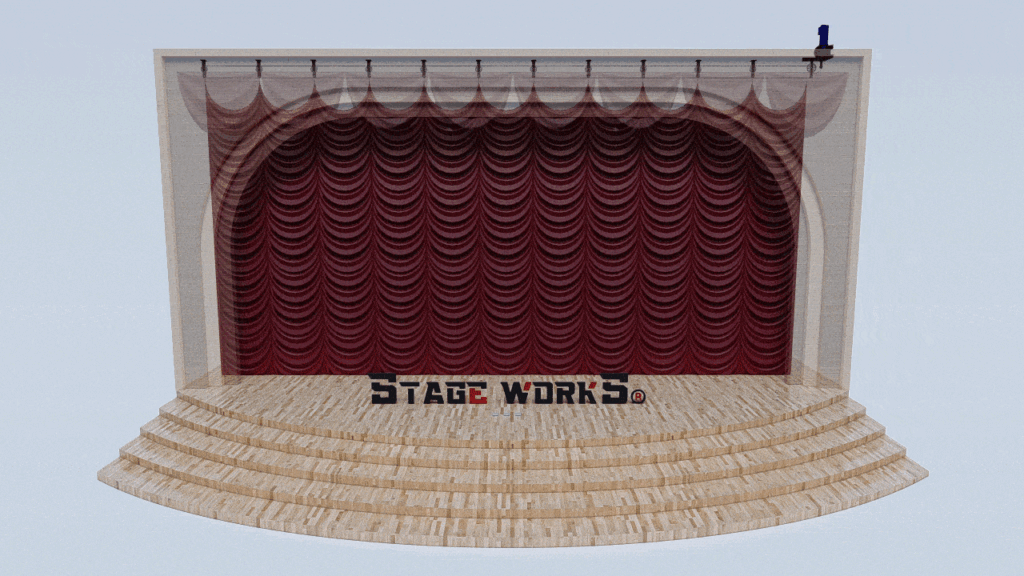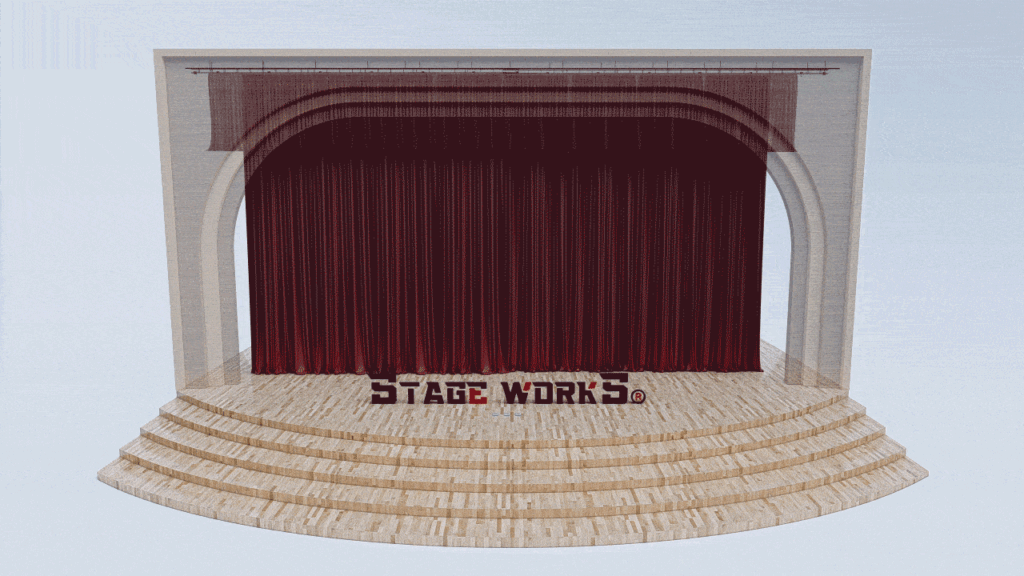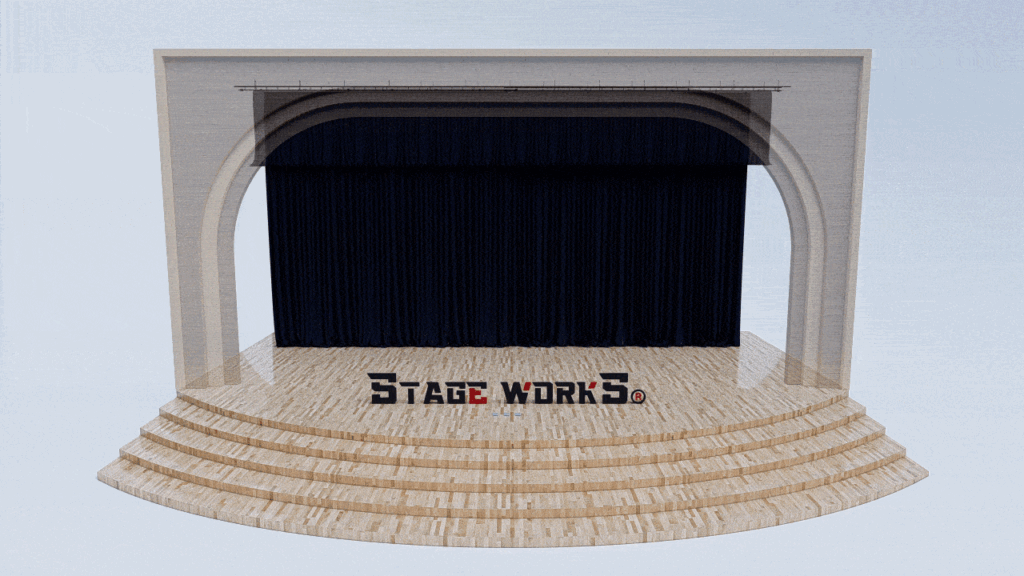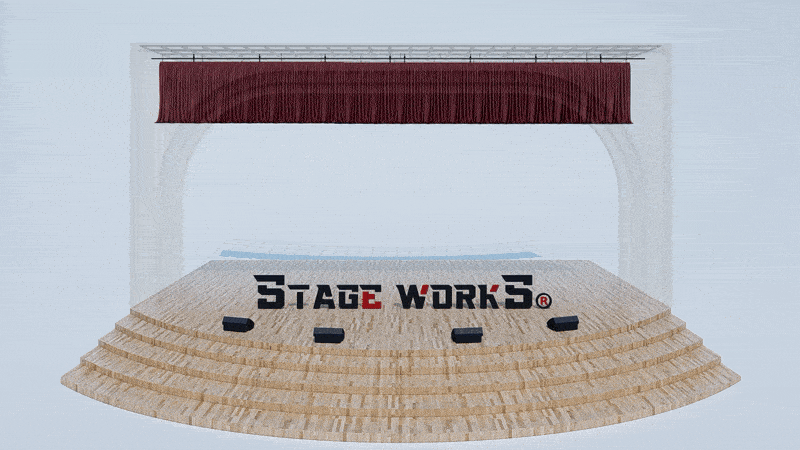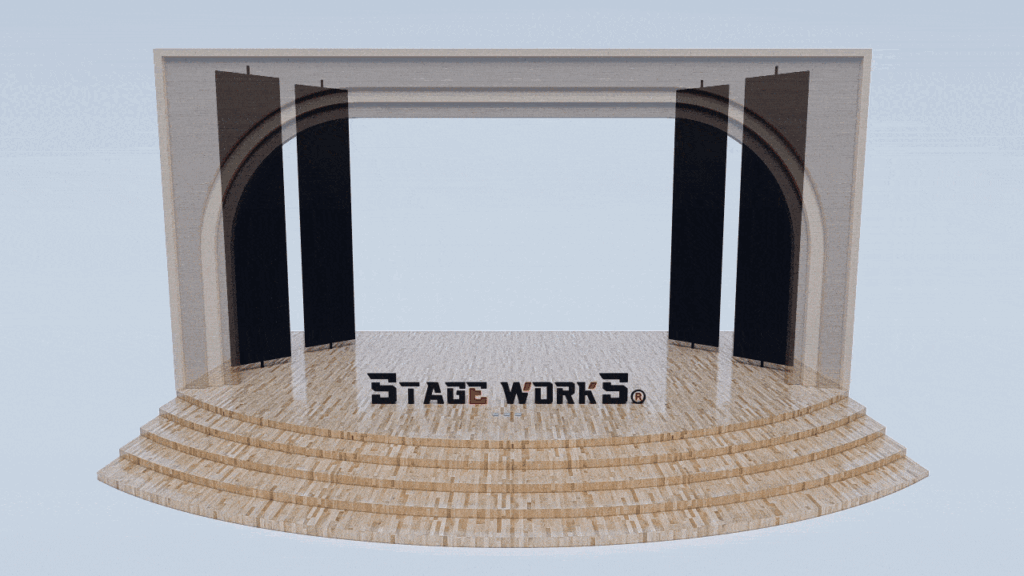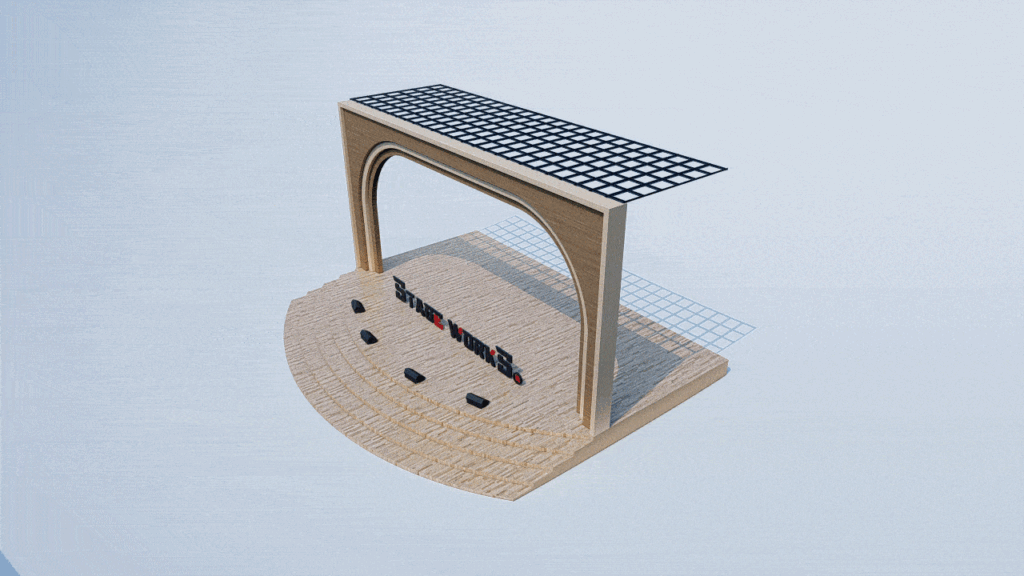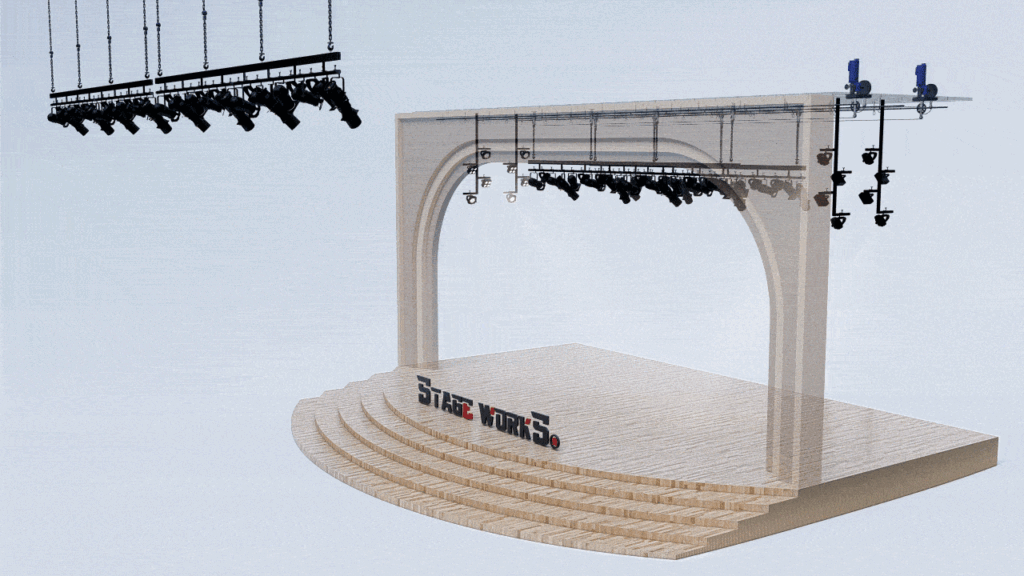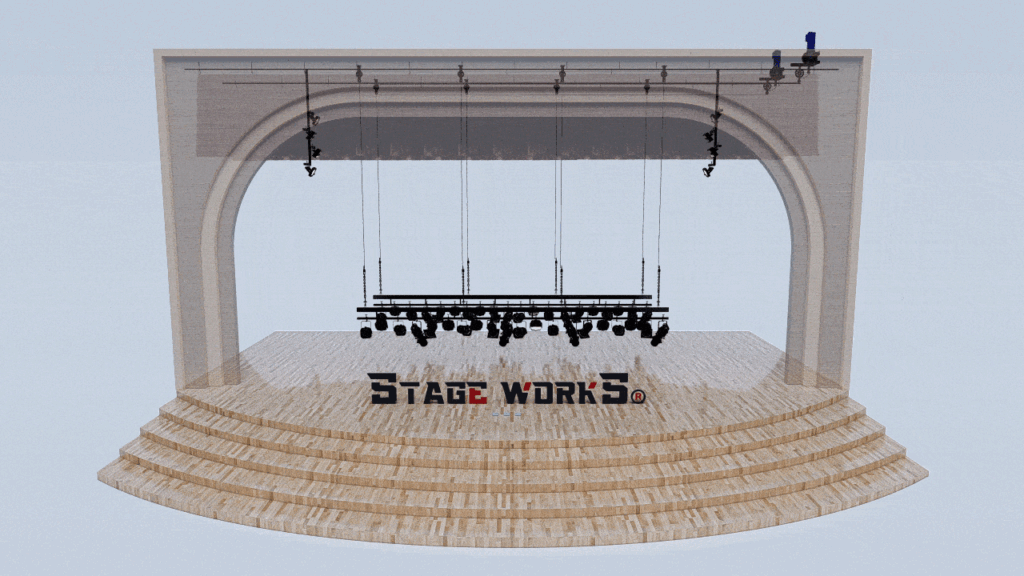Sustainable Fabrics: The Future of Stage Curtain Design
The theatrical world is increasingly aware of its environmental impact. In 2024, sustainable fabrics are no longer a niche trend; they’re a necessity. Audiences are demanding environmentally conscious practices, and designers are responding with innovative solutions. This year sees a surge in the use of recycled materials, organic cotton, hemp, and innovative blends that minimize water and energy consumption during production. Look for fabrics certified by organizations like GOTS (Global Organic Textile Standard) and OEKO-TEX® Standard 100, guaranteeing ethical and environmentally responsible production. These certifications provide transparency and build consumer trust, demonstrating a commitment to sustainability beyond mere marketing claims.
Eco-Luxe Aesthetics: Balancing Beauty and Responsibility
Sustainability doesn’t mean sacrificing aesthetics. In fact, 2024’s eco-luxe designs prove the opposite. Think rich, natural textures, elegant earth tones, and sophisticated patterns derived from nature. Recycled velvet, for instance, can offer a luxurious feel without the environmental cost of virgin materials. Innovative dyeing techniques that minimize water usage and chemical runoff are creating vibrant, long-lasting colours. The focus is on creating timeless pieces that transcend fleeting trends, emphasizing quality and longevity over disposable fashion.
Innovative Design Techniques: Reducing Waste and Maximizing Impact
Beyond fabric selection, design techniques play a crucial role in sustainable stage curtain production. Minimizing fabric waste through precise pattern cutting and utilizing innovative construction methods are paramount. Zero-waste patterns, for example, are becoming increasingly popular, reducing material waste to an absolute minimum. Furthermore, designers are exploring modular curtain systems that allow for easy adaptation and reconfiguration, extending the lifespan of the curtains and minimizing the need for replacements. This approach also allows for creative reuse of existing components across various productions.
Technological Advancements: Smart Curtains for a Sustainable Future
Technology is contributing to the sustainability movement in stage curtain design. Smart fabrics that incorporate features like improved insulation or self-cleaning properties can reduce energy consumption and the need for frequent cleaning, leading to a smaller environmental footprint. The development of durable, long-lasting finishes also reduces the need for frequent replacements, minimizing waste and extending the lifespan of the curtains considerably. The integration of smart technology is streamlining the entire production process, from design to installation, further reducing waste and enhancing efficiency.
The Role of Collaboration: Building a Sustainable Theatre Ecosystem
The shift towards sustainable stage curtain design requires collaboration across the entire theatrical ecosystem. Designers, manufacturers, suppliers, and theatre companies must work together to share best practices, source sustainable materials, and adopt eco-friendly production methods. This collaborative approach fosters innovation, ensures transparency, and accelerates the transition to a more sustainable future for the performing arts.
Choosing Sustainable Stage Curtains for your Next Production
When selecting stage curtains for your next production, consider the environmental impact. Look for suppliers who prioritize sustainable practices and use certified materials. Investing in eco-friendly options not only benefits the planet but also enhances the reputation of your theatre company, attracting environmentally conscious audiences and sponsors. Remember that making a sustainable choice is an investment in a healthier planet and a brighter future for the performing arts.




